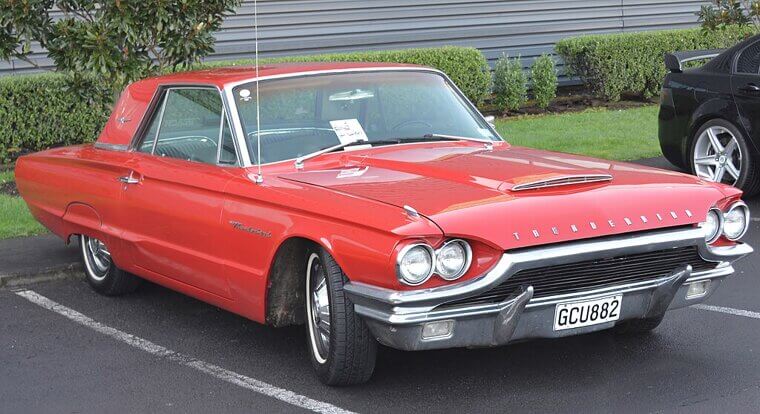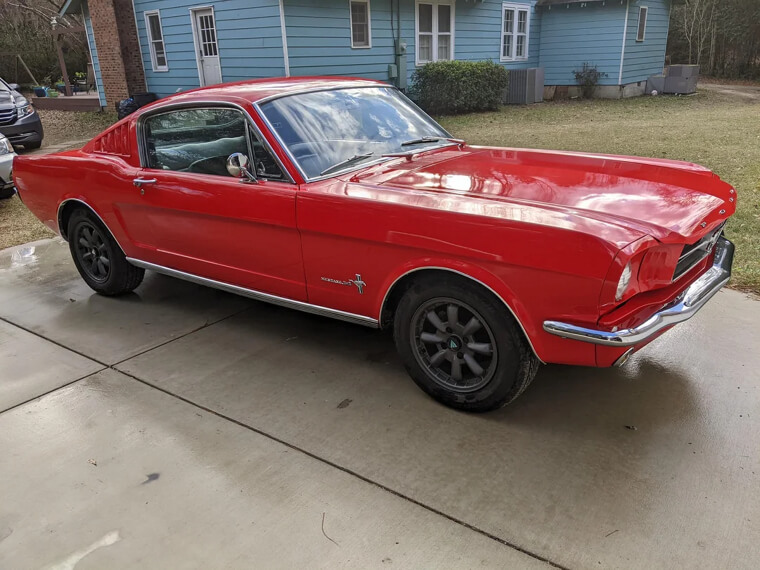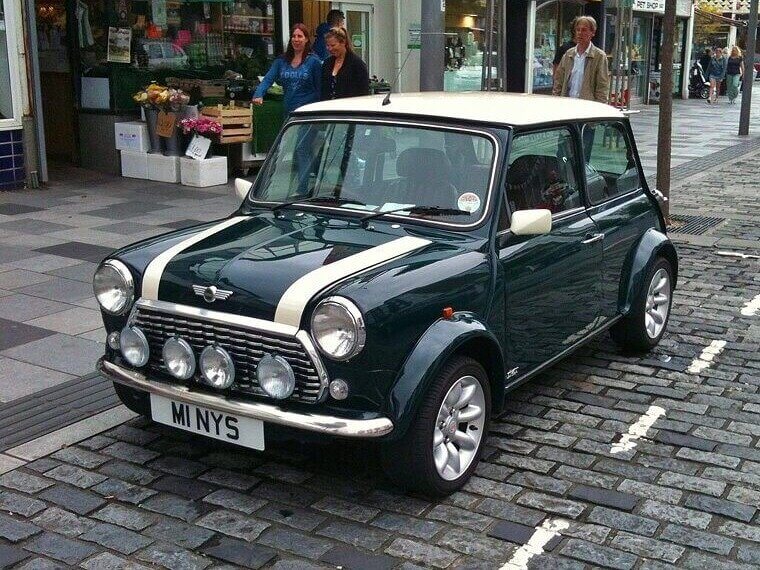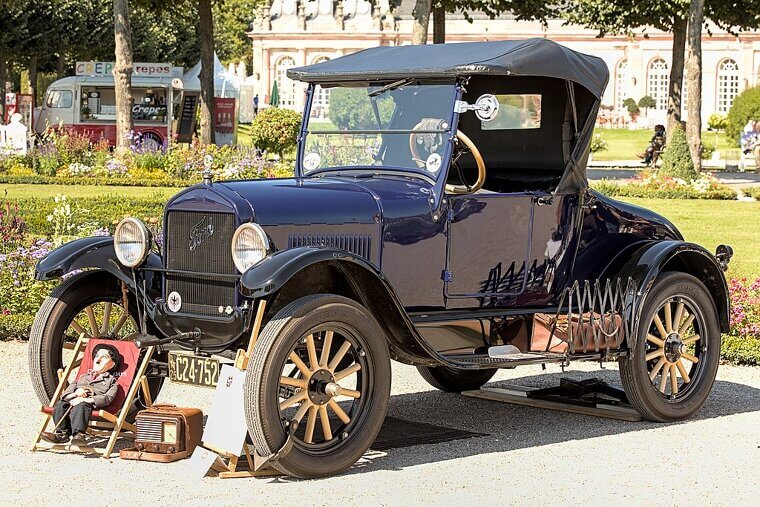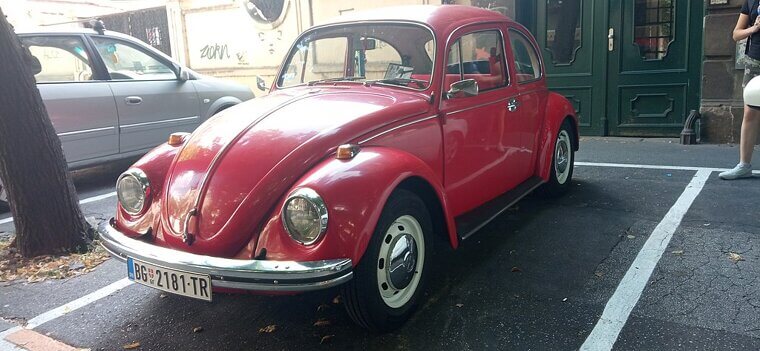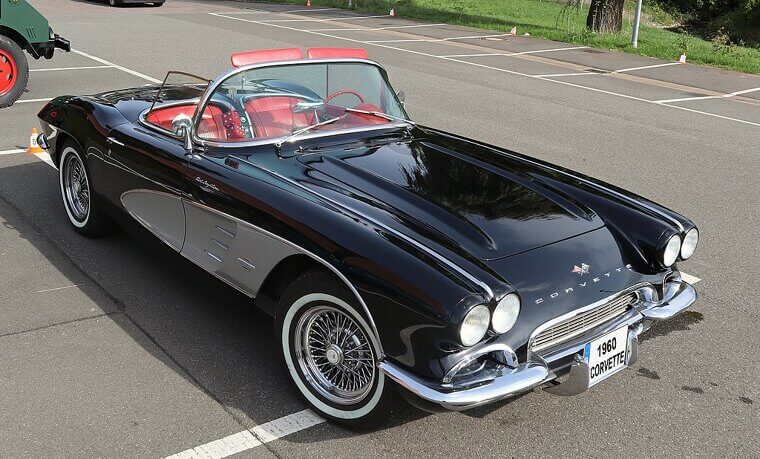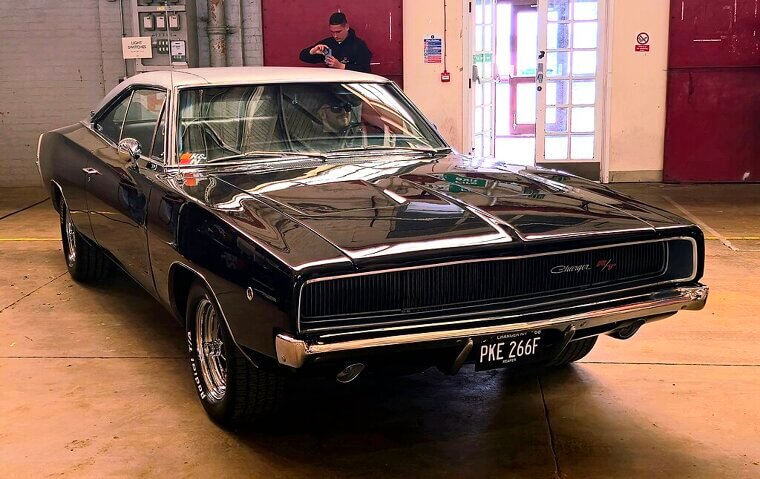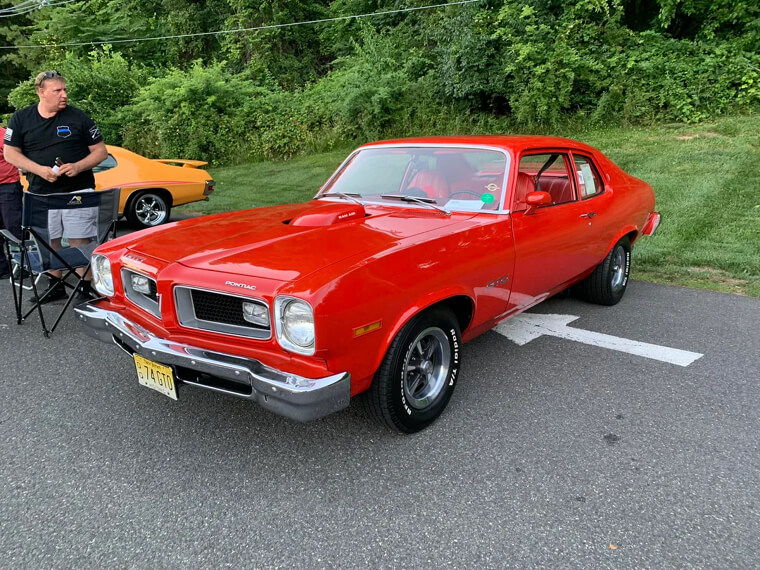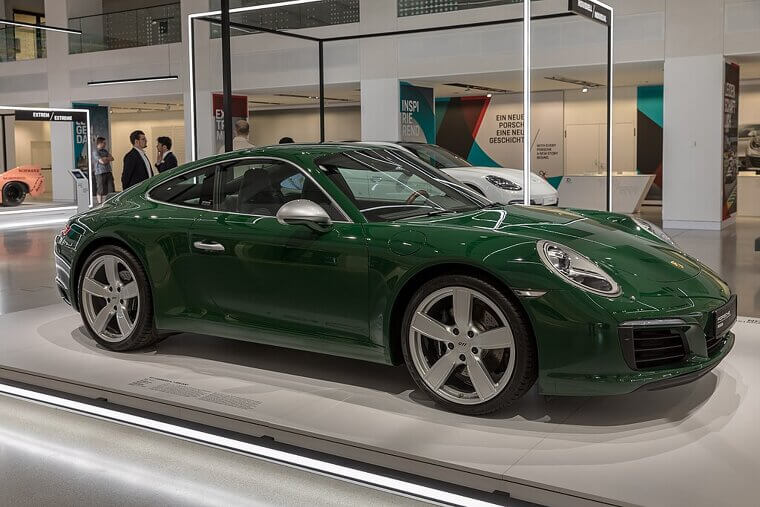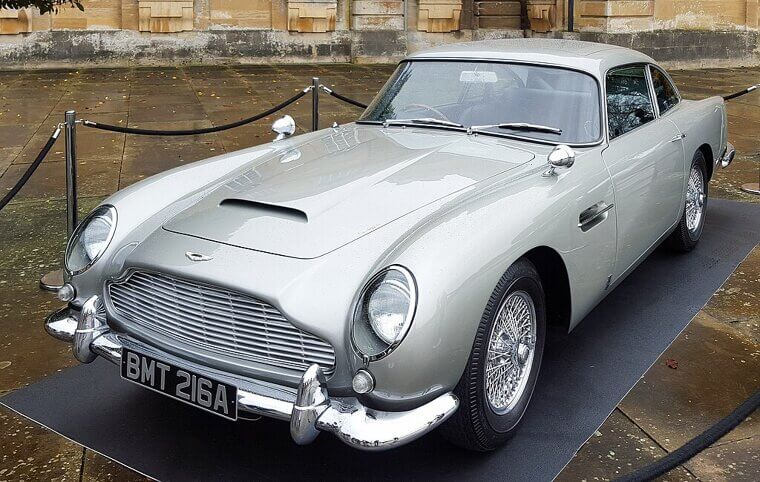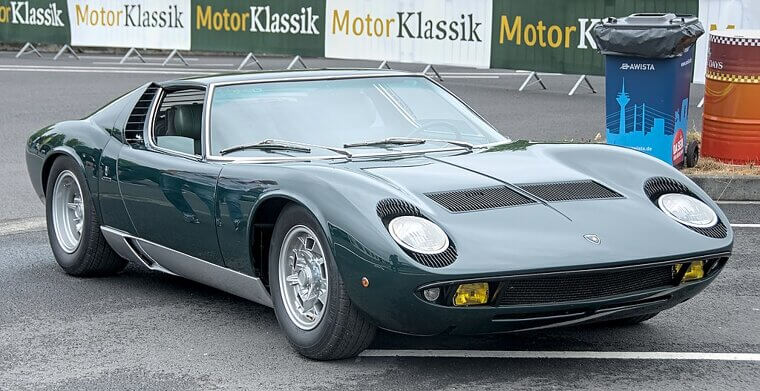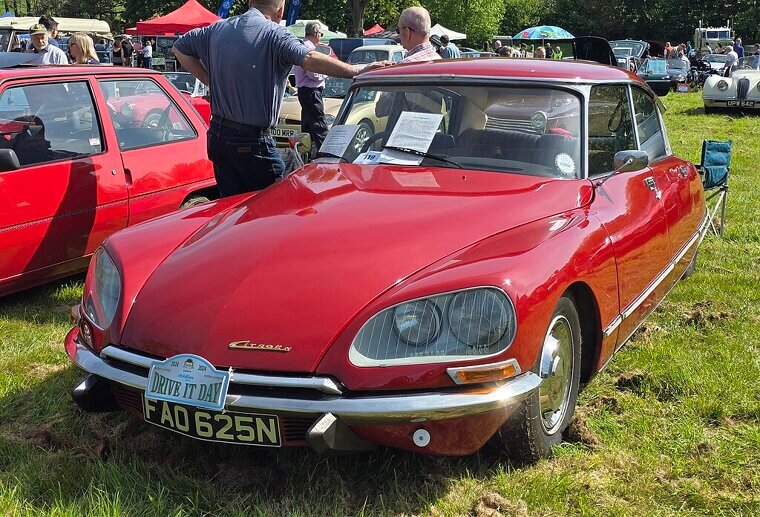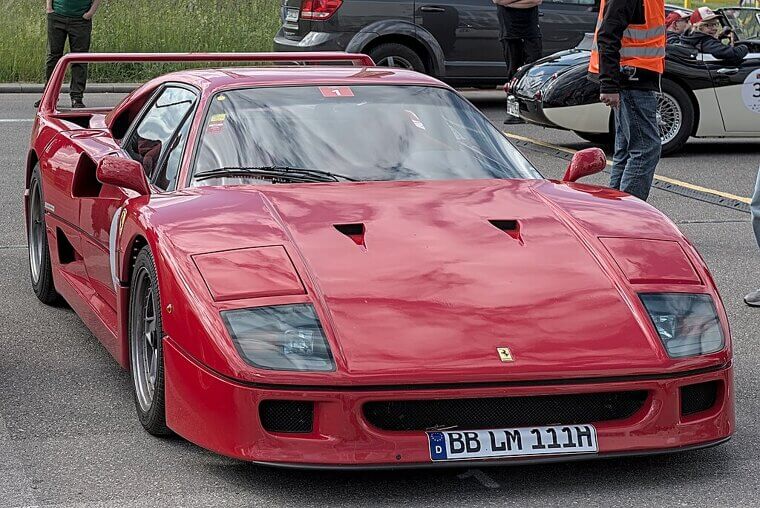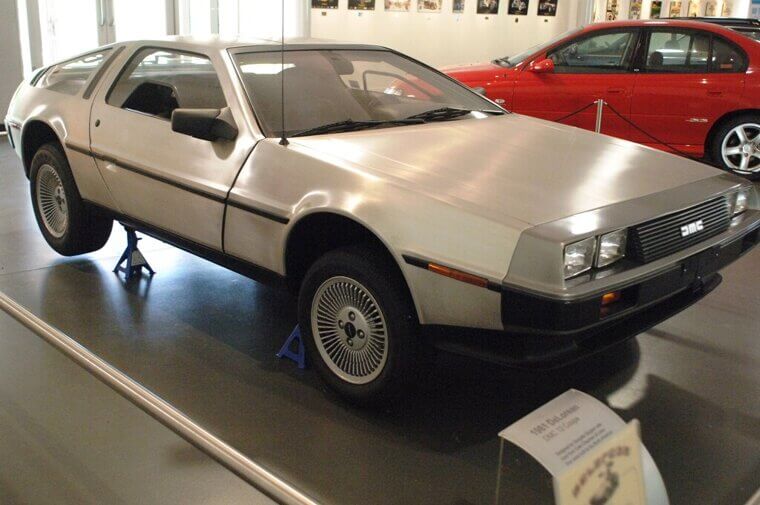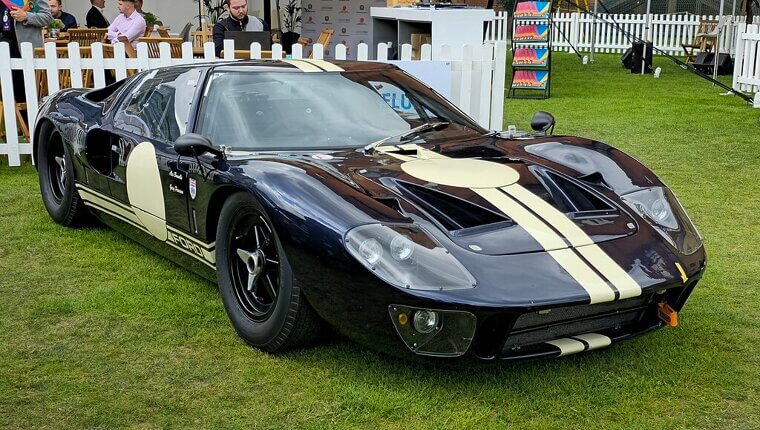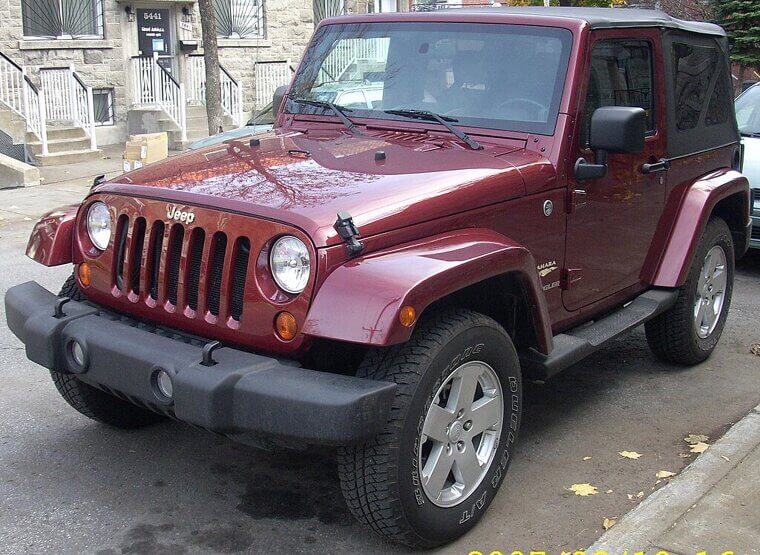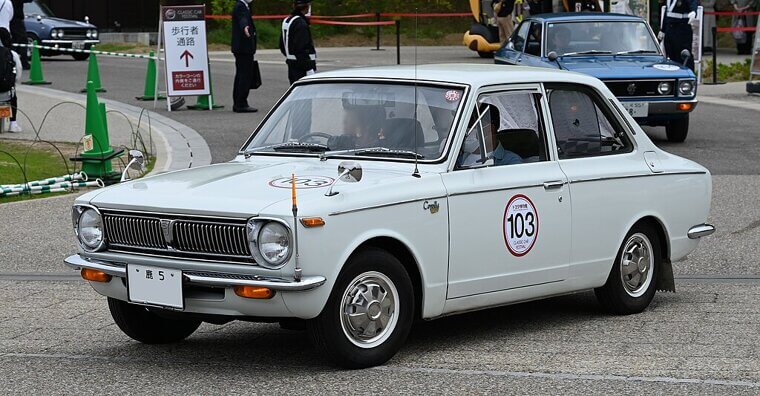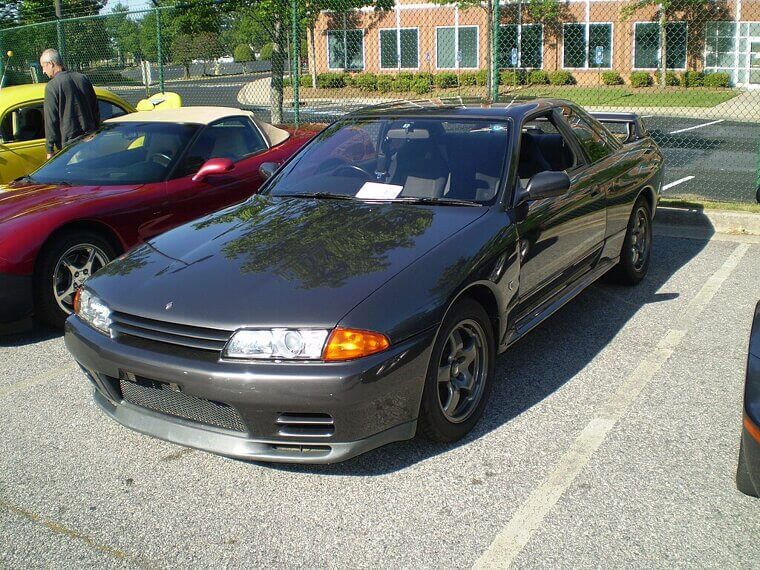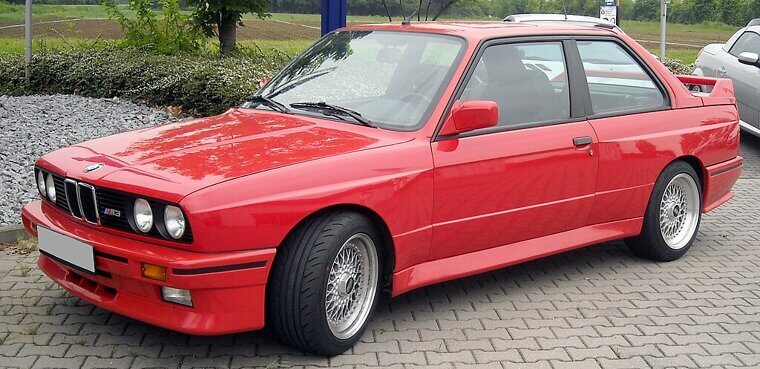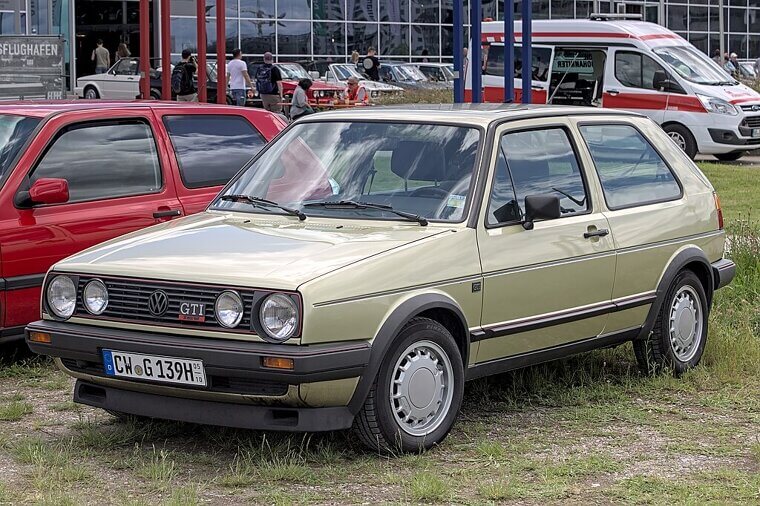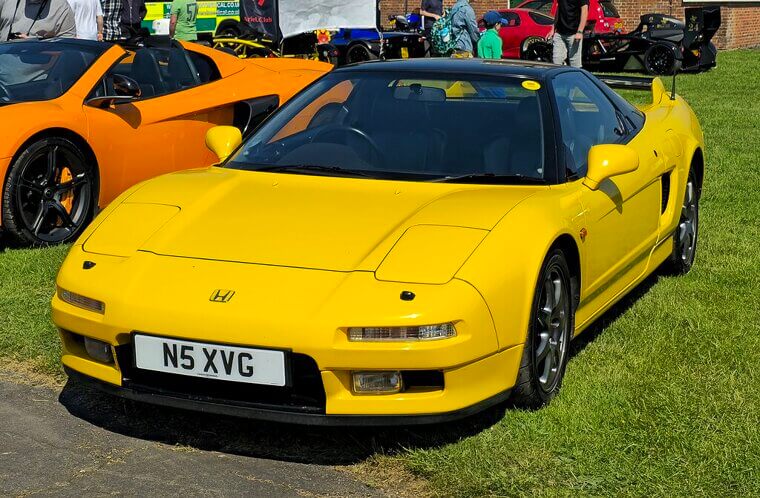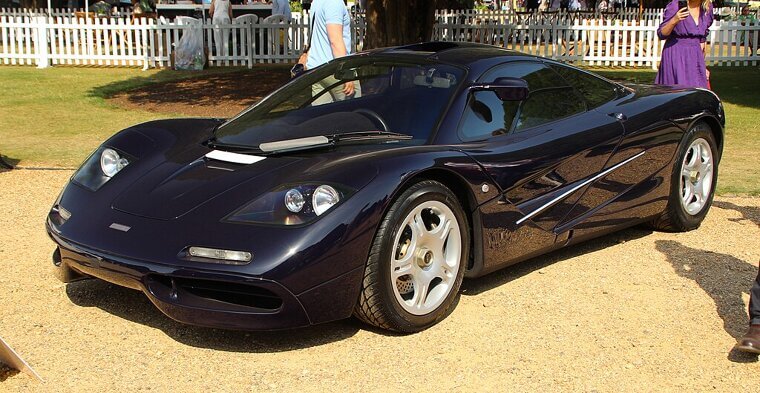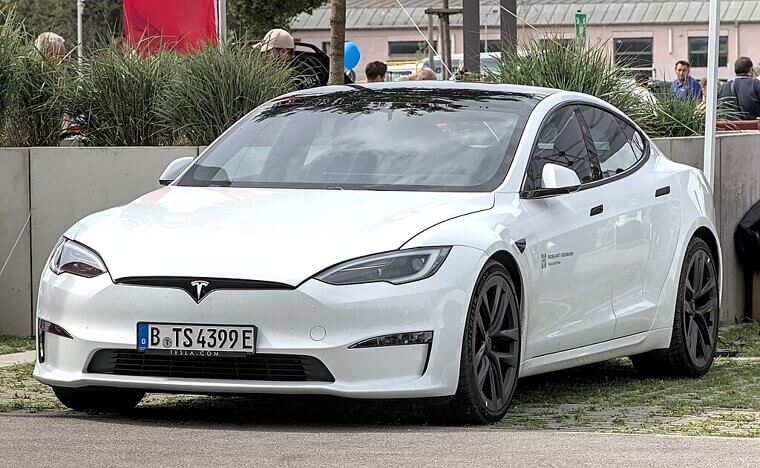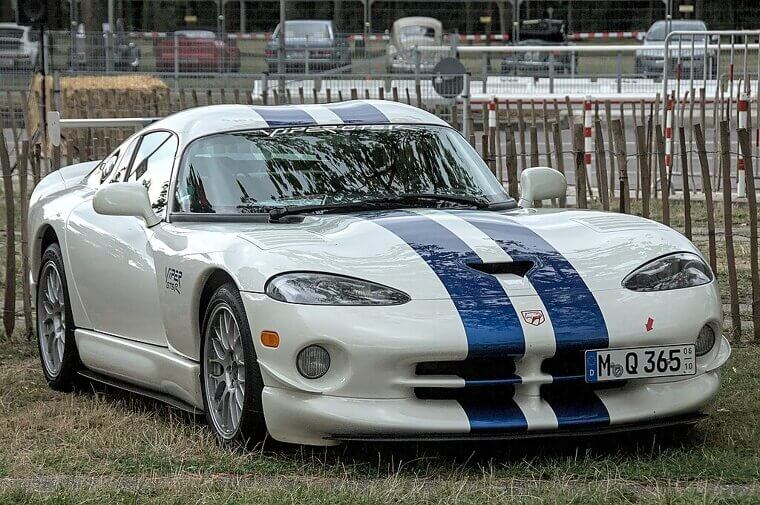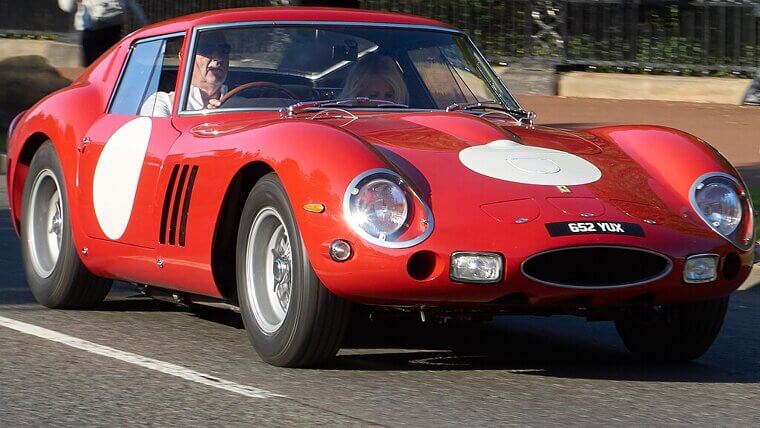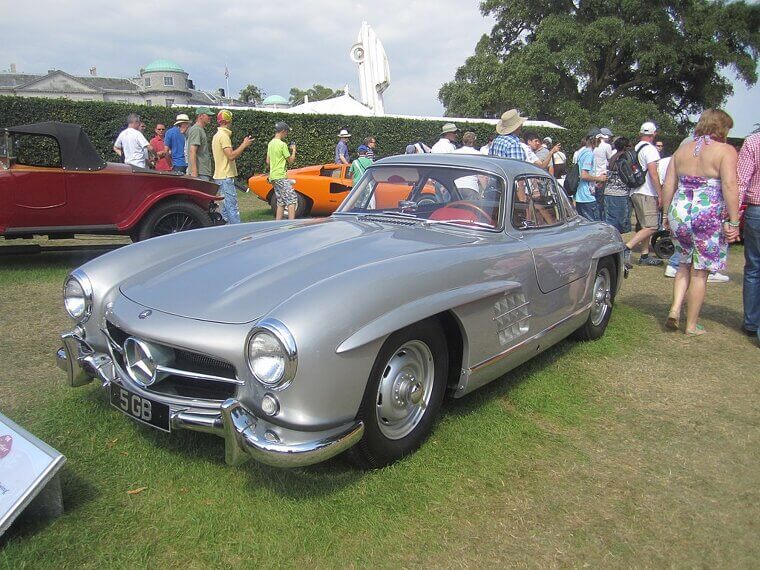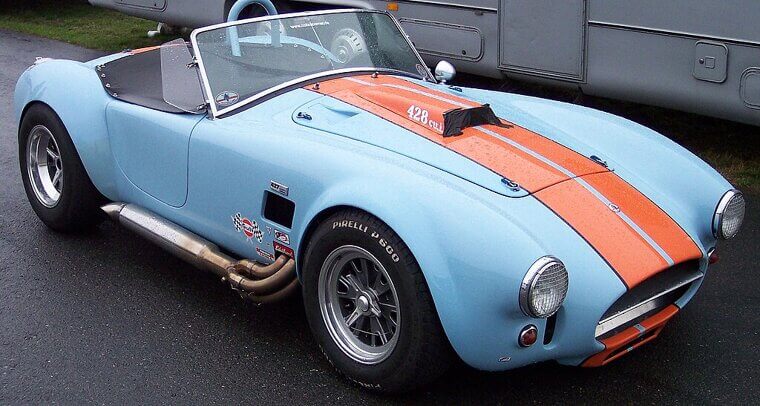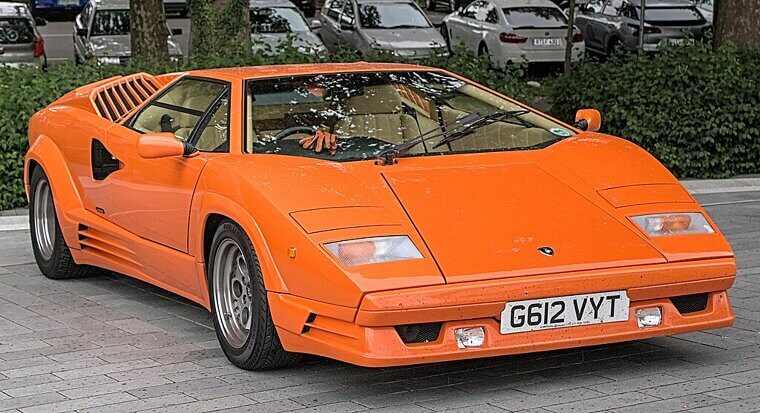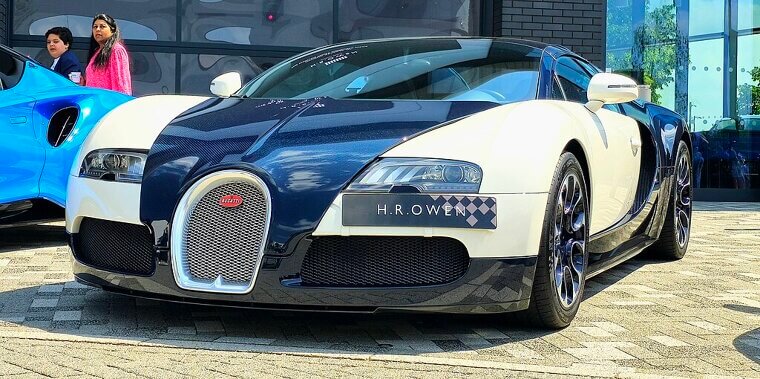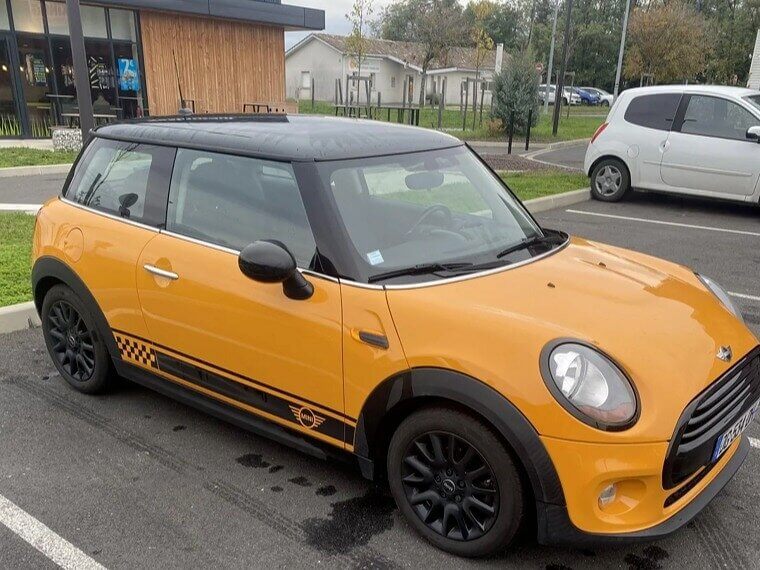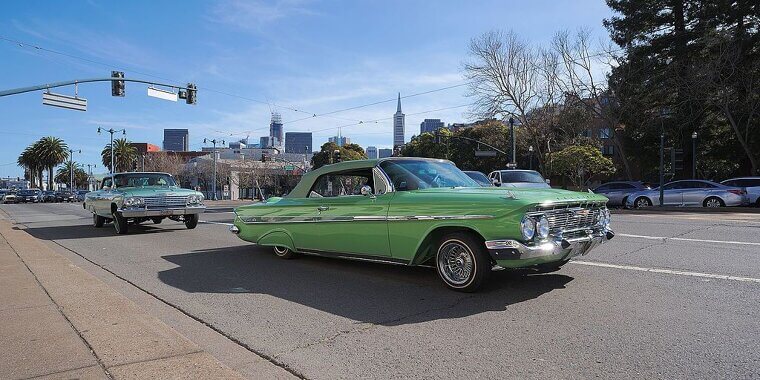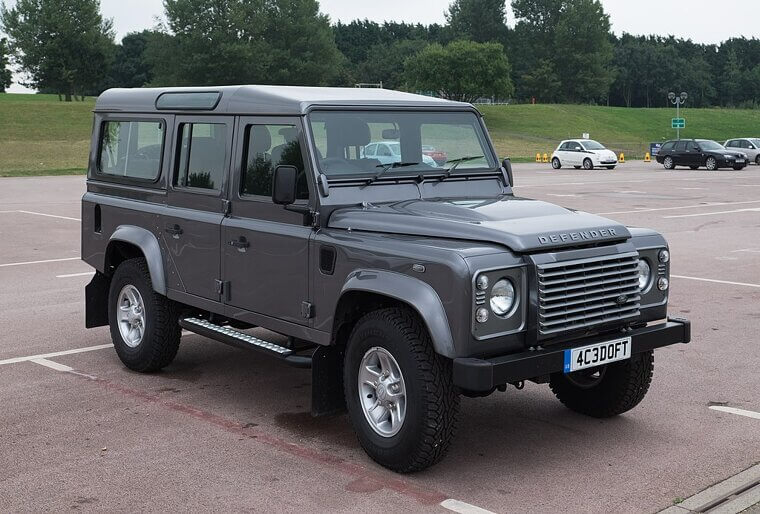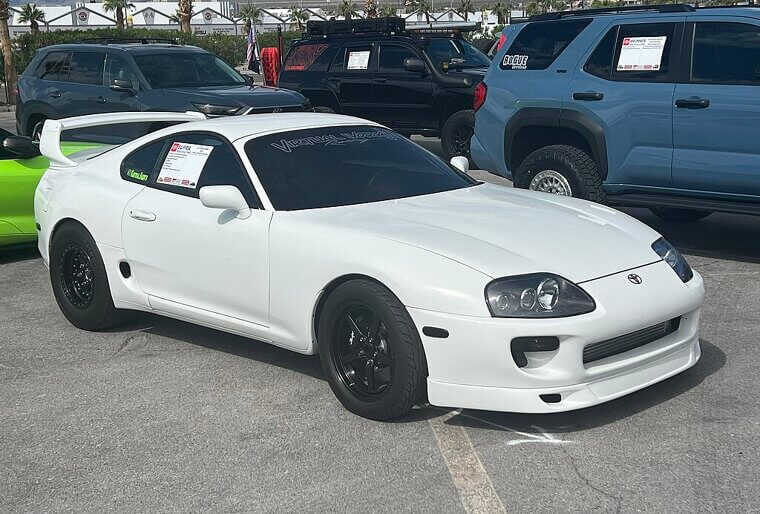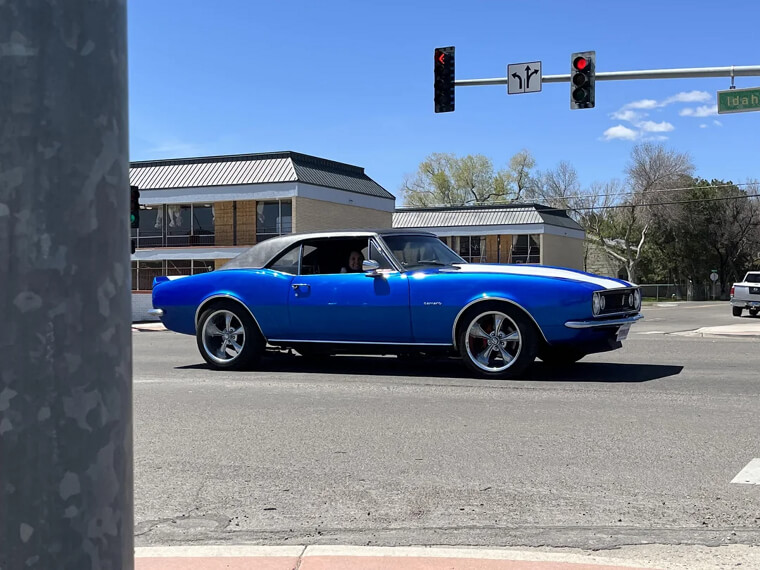Ford Thunderbird (1955-1997)
The Thunderbird is classic American cinema in motion. Smooth lines, jet-age flair, and a relaxed yet confident presence made it a favorite for romantic drives, gangster capers, and stylish montages alike. It’s not flashy for the sake of it; it’s suave, cinematic charm on wheels.
Ford Mustang (1964-Present)
The Mustang was an instant legend. Affordable, stylish, and brimming with attitude, it captured youth, rebellion, and the open road in one sleek package. Its roar defined an era, its presence sparked copycats, and every generation has reinvented it. It’s a heartbeat of American pop culture.
Mini Cooper (1959-2000)
Tiny, nimble, and cheekily British, the Mini Cooper rewrote what a practical car could be. Its go-kart handling made streets feel like racetracks, and its design was instantly iconic - small enough to charm, big enough to impress. From racing circuits to London’s swingin’ streets, it made everyone feel cooler.
Ford Model T (1908-1927)
The Model T didn’t just put America on wheels - it remade the world. Affordable, rugged, and endlessly versatile, it turned ordinary people into drivers. Its black paint became iconic, its reliability legendary, and Henry Ford’s assembly line innovation changed manufacturing forever. It was democracy on four wheels.
Volkswagen Beetle (1938-2003)
The Beetle rolled into hearts like a plucky underdog with a grin. Rounded, cheerful, and stubbornly durable, it became a symbol of freedom, peace, and counterculture. From hippies in flowered shirts to city commuters in Europe, the Bug wasn’t just transportation; it was a movement.
Chevrolet Corvette (C1) (1953-1962)
America’s first true sports car, the Corvette C1 screamed optimism in chrome and fiberglass. It wasn’t just fast; it was aspirational, a rolling promise of glamor and fun. Road trips became mini-celebrations, diners became catwalks, and every turn of the wheel felt like a cinematic moment.
Dodge Charger (1966-1978)
Combining brute force with drama - long hood, wide stance, and V8 fury - the Dodge Charger is Muscle car royalty. It starred in movies, TV shows, and countless fantasies, becoming the archetype of “cool and dangerous.” When you arrived in a Charger, the world noticed.
Pontiac GTO (1964-1974)
The GTO practically invented the muscle car genre. Bold, aggressive, and fast as a heartbeat, it was a statement: youth, power, and freedom all on four wheels. With its racing lineage and thunderous sound, the GTO defined an era when performance mattered and style screamed.
Porsche 911 (1964-Present)
The 911 is timeless: a perfect blend of engineering brilliance and emotional allure. Its silhouette is instantly recognizable, its handling legendary. From racing circuits to city streets, it has remained desirable across decades, a car that’s both practical and aspirational. In a world of trends, the 911 never ages.
Aston Martin DB5 (1963-1965)
The ultimate spy car immortalized by James Bond, the DB5 was elegance on steroids - sleek, powerful, and brimming with gadgets (well, movie gadgets). It didn’t just transport people; it transported imaginations. Silver screen glam, British sophistication, and that unforgettable grill made it a cultural legend.
Lamborghini Miura (1966-1973)
Low, wide, and impossibly seductive, the Miura defined what a supercar could be. With a mid-engine layout and performance that stunned, it became a rolling icon of rebellion, speed, and style. It wasn’t just admired; it was lusted after as the ultimate trophy of automotive passion.
Citroën DS (1955-1975)
Futuristic, fluid, and undeniably cinematic, the DS looked like a spaceship gliding across a Paris boulevard. Its hydropneumatic suspension felt like magic, its avant-garde lines like a designer’s fever dream. Directors loved it for its elegance and intrigue, making it the ultimate “mystery meets romance” car on celluloid.
Ferrari F40 (1987-1992)
The F40 wasn’t a car; it was a supercar legend immortalized in film montages and posters. Its twin-turbo V8 growled like a mythical beast, while its aggressive lines screamed speed even at rest. Hollywood knew it: show an F40, and you’re instantly among the glamorous elite.
DeLorean DMC-12 (1981-1983)
Thanks to Marty McFly, the DeLorean became time travel’s poster child. Stainless steel, gullwing doors, and a sci-fi aura turned it from a quirky car into a pop culture phenomenon, it wasn’t just driven - it flew through imaginations, forever cemented as the vehicle that made “88 mph” unforgettable.
Ford GT40 (1964-1969)
The GT40 was racing royalty made real. Its cinematic moment at Le Mans in 1966 made it a legend before many even knew its name. Low, purposeful, and pure adrenaline, it symbolized triumph, speed, and the thrill of David vs. Goliath - a true Hollywood hero on four wheels.
Jeep Wrangler (1986-Present)
The Wrangler is the action star of SUVs. Think desert chases, jungle pursuits, and rugged adventures; it’s the vehicle Indiana Jones would approve of. Its boxy charm and off-road prowess make it instantly recognizable as a car that screams “explorer” every time the camera pans.
Toyota Corolla (1966-Present)
Maybe not flashy, but endlessly dependable - the Corolla has been the “everyman” star in thousands of everyday cinematic moments. From suburban dramas to road-trip comedies, it’s the quiet supporting actor that keeps the story moving. Reliable, humble, and always there when the plot thickens.
Nissan GT-R (R32) (1989-1994)
Godzilla earned its Hollywood nickname for good reason. Its turbocharged power and advanced AWD made it a natural for racing scenes and tuner culture films. The R32 wasn’t just fast; it looked and felt fast, giving directors and audiences alike that thrilling “hold your breath” moment.
BMW M3 (E30) (1986-1991)
The E30 M3 was small, agile, and perfect for cinematic heroics. European streets, chase sequences, and suburban dramas, this car could fit anywhere. With precision handling and a compact frame, it became the go-to choice for directors wanting to showcase skill, control, and cool confidence on four wheels.
Volkswagen Golf GTI (1976-Present)
The GTI was the everyman hero of hatchbacks, starring in films as the clever, nimble, slightly cheeky car that gets you out of tight spots. Its compact size, sporty feel, and timeless design made it a favorite for city scenes and coming-of-age stories alike - small, smart, and surprisingly iconic.
Honda NSX (1990-2005)
The NSX was Japan’s Hollywood answer to Ferrari - sleek, precise, and breathtakingly fast. Its mid-engine layout and razor-sharp handling made it a natural for action sequences, while its understated elegance stole scenes quietly. Directors loved it, stars adored it, and audiences drooled over it.
McLaren F1 (1992-1998)
The F1 was Hollywood’s dream car: absurdly fast, exotic, and impossibly rare. With a central driver’s seat and naturally aspirated V12, it looked like it could escape a heist scene at warp speed. It wasn’t just a supercar; it was a symbol of ultimate sophistication, a co-star that demanded the spotlight.
Tesla Model S (2012-Present)
The Model S may be modern, but its cultural pull is undeniable. Sleek, silent, and futuristic, it made its silver-screen debut in a world ready for electric glamour. Directors use it to signify innovation, status, and sci-fi cool - it whispers “future now” every time it glides past the camera.
Dodge Viper (1992-2017)
The Viper is Hollywood chaos on wheels. Massive, muscular, and unapologetically loud, it’s the car that shouts “danger and fun” simultaneously. Perfect for chase scenes or high-octane drama, it’s a cinematic weapon disguised as a roadster - raw, reckless, and irresistibly photogenic.
Ferrari 250 GTO (1962-1964)
Even decades later, the 250 GTO is a scene-stealer. Its flowing lines and racing pedigree make it a historical star in films, documentaries, and collector fantasies alike. Rare, elegant, and legendary, it’s the cinematic equivalent of a James Bond martini: sleek, stylish, and unforgettable.
Mercedes-Benz 300SL Gullwing (1954-1963)
The 300SL Gullwing is instant Hollywood glamor. Its upward-swinging doors, futuristic design, and smooth performance made it perfect for spy thrillers and classic cinema. Even parked, it commands attention, effortlessly evoking sophistication, wealth, and the kind of style directors dream of capturing on camera.
Shelby Cobra (1962-1967)
The Cobra is cinematic rebellion made real! Tiny, loud, and ferociously fast, it screams performance in every frame. It’s the car that fits chase sequences, race montages, or any scene where chaos and charisma collide. It’s muscle, elegance, and swagger, all in a polished, fiberglass package.
Lamborghini Countach (1974-1990)
With its sharp angles, scissor doors, and a roaring V12 thar made it the star of every ’80s and ’90s movie montage, the Countach is pure Hollywood fantasy. It doesn’t just enter a scene - it dominates it, embodying excess, audacity, and that irresistible “I’m untouchable” energy.
Bugatti Veyron (2005-2015)
Cinematic spectacle in motion, the Veyron has hypercar performance, sleek curves, and a roar that could shatter glass, so it’s a natural for action sequences. It’s the car that embodies excess, precision, and “look at me” confidence - a modern legend that commands every frame it enters.
Mini (2001-Present)
The modern Mini carries the cheeky charm of its ancestor into the 21st century. Small, nimble, and effortlessly stylish, it’s perfect for whimsical chase sequences or quirky rom-com montages. Its personality is larger than its size, proving that in film, as in life, charm often trumps horsepower.
Chevrolet Impala (1960s)
The Impala is a cultural co-star. From cruising in lowrider scenes to appearing in music videos, its long, sleek lines and low-slung style scream nostalgia and street credibility. Hollywood and pop culture embraced it, cementing it as a rolling symbol of American life and style.
Land Rover Defender (1983-2016)
The Defender is the adventurer’s icon on film - rugged, capable, and instantly recognizable. It stars in wilderness epics, post-apocalyptic thrillers, and every overland documentary you can imagine. It doesn’t need CGI to look epic; every frame proves it’s built for drama and adventure.
Toyota Supra (Mk4) (1993-2002)
The Mk4 Supra isn’t just a movie prop, it’s a legend! Thanks to “The Fast and the Furious,” its twin-turbo heart, sleek curves, and tuner-friendly charm became global superstardom. It embodies speed, skill, and adrenaline, making it the ultimate Hollywood icon for car enthusiasts and film fans alike.
Chevrolet Camaro (1967-2002)
The Camaro was muscle-car charisma personified. Red, blue, or black, it dominated streets and screens alike. From action-packed chases to slow-motion cruising montages, it’s the car that says, “I’m bold, I’m loud, and I own this scene.” Hollywood loved it for its attitude as much as its speed.

